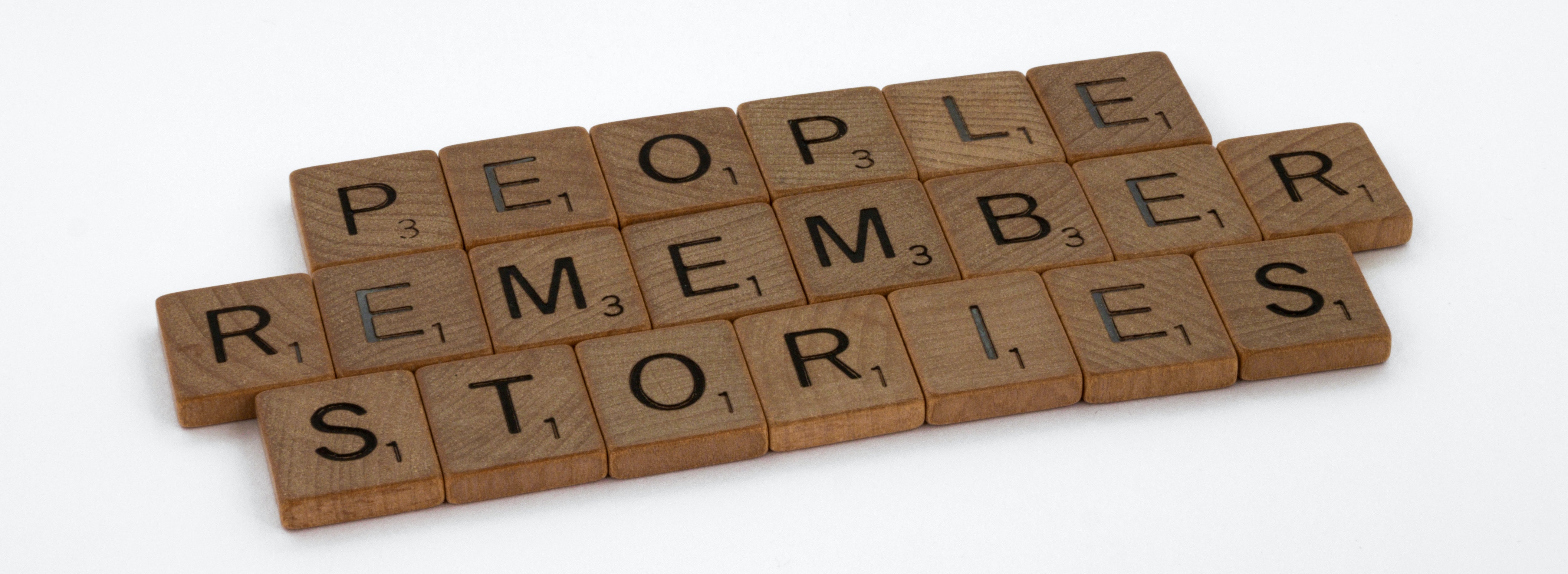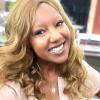Disability Representation in Writing

(Photo credit: Brett Jordan)
Marginalization is often magnified by societal invisibility for disabled individuals. Even initiatives and organizations committed to championing inclusivity often overlook those who have different access needs. This lack of recognition can be even more pronounced for those who also simultaneously identify with another diverse community—perhaps feeling seen in one regard but totally ignored in another.
As an author and teaching artist, this is a reality I am particularly sensitive to on a professional and personal level. Because typically "what" (and "whom") gets acknowledged as “disabled” in contemporary society is a very narrow lens, I spent years grappling with an eating disorder that eventually had life-threatening consequences. Yes, living with mental health issues does quantify as a disability. Although even that label carries a stigmatism that directly correlates to the rampant bias of ableism, defined as “attitudes that devalue and limit the potential of persons with disabilities.”
I am also surprised by the lack of intersectionality when it comes to the portrayal of varying levels of accessibility in literature, plays, and film. And during workshops when I have to politely inform other writers about what is problematic with using specific neurodivergent terms to describe animals. Such missteps frequently arise when writers are crafting narratives far removed from their lived experience—without also investing the time and effort to do significant research and/or having sensitivity readers review their manuscripts.
For writers who do not identify as disabled, I was curious to hear what they found most challenging in terms of plot and character development. Author Mel Darbon (Rosie Loves Jack) stated, “As a writer I felt a responsibility not to misrepresent the disability I was depicting and wanted to feel confident about ensuring the credibility of my character and not typecasting her. I did not want to portray her in a negative way that would impact my reader’s understanding of that disability—or restrict her in what she could achieve.”
Now You Say Yes author Bill Harley corroborates the need to hold yourself accountable to keeping an eye out for unconscious bias in your work. “There are so many misperceptions about disabilities, and inevitably, we all carry some of them thanks to the culture we grew up in, and I don’t want to reinforce these misperceptions. I did three things to try and prevent that,” he shares. “I read a lot about the autism—both from experts in the field and personal accounts and memoirs. Second, I spent a fair amount of time in the presence of people with autism. And third, after writing the book, I checked back in with those people, asking them to read the story and vet what I’d done.”
The same holds true for writers revising initial drafts. “What has been most challenging for me was interweaving my Deaf/Hard of Hearing (DHH) character's main story line (finding her voice) with her hearing and accessibility needs in addition to examples within her daily life while keeping out my lens as a normal hearing-bodied person,” explains current Loft Literary student Tiffany Johnson Dreher. “As an itinerant DHH teacher for 20 years, I know a lot about my DHH students and their experiences, but it has been a constant reminder to approach this narrative and character with more openness and wonderment from her lens without leaning heavily on my background.”
Quandaries like these make writers question if it is ever appropriate to write outside of one’s own community. I think the answer can be yes, but that such endeavors need to be approached with caution in tangent with a firm commitment to do so honestly (in terms of acknowledging what you do not know), plus respectfully (by acknowledging those who help provide the information you need to eventually craft an affirming narrative rather than an offensive one). Also seek out own voices books as mentor texts. Although “according to the Cooperative Children’s Book Center’s 2019 study, only 3.4% of children’s books have disabled main characters,” gradually more are being published written by authors who self-identify as disabled.
“I think stories that make children and young people aware of the needs of people with disabilities and the lack of their equal treatment in society are those that should be included in kidlit and YA books to a greater extent,” affirms author Igor Plohl (Lucas at the Paralympics). “Their main goal should be to deliver the messages of tolerance, mutual respect, equality and other key values to children and young people. As a paraplegic, mobility impairment is best known to me, therefore in my opinion, stories inspired by personal experience of paraplegics; issues of architectural barriers; and the Paralympic Games would need more attention.”
Knowing what aspects it is reasonable for you to address versus what is best left for others’ inside of a particular community to narrate can be difficult to ascertain. Creating space to reflect on this—long before your work ever reaches its intended audience—is crucial. “For my writing, I have questioned a lot and repeatedly interrogated the presence or centering of ableism in scenes and details. I also continue to read about the DHH community and culture information,” says Dreher. “For example, CODA is a movie about a hearing daughter with Deaf parents. A recent article discussed the many facets to filming that movie, including their changes in the film process. Specifically the lighting, clothing, and placement of furniture in a room. Continuing to read and notice that information helps inform my writing too. I also plan to use and pay DHH sensitivity readers when I have a completed draft to share.”
A solid course of action for those on the outside looking in, but sincerely desire to be disability justice allies, is to help advocate that the publishing industry increase opportunities for disabled creatives to write and illustrate our own stories. We do this by buying more of the books we want to see in bookstores; available in public and school libraries; and in every home we know a child or teen is still waiting to see a book with a character that truly represents her-, his- or themselves.
For additional information and writer inspiration related to this topic, read this recent BookRiot article or these two anthologies:
(Don't) Call Me Crazy: 33 Voices Start the Conversation about Mental Health
Unbroken: 13 Stories Starring Disabled Teens
And if you’re interested in learning more about—and creating—diverse books, join me for Writing About Race & Identity In Children’s and Young Adult Literature or Confronting Bias in Craft this fall.
